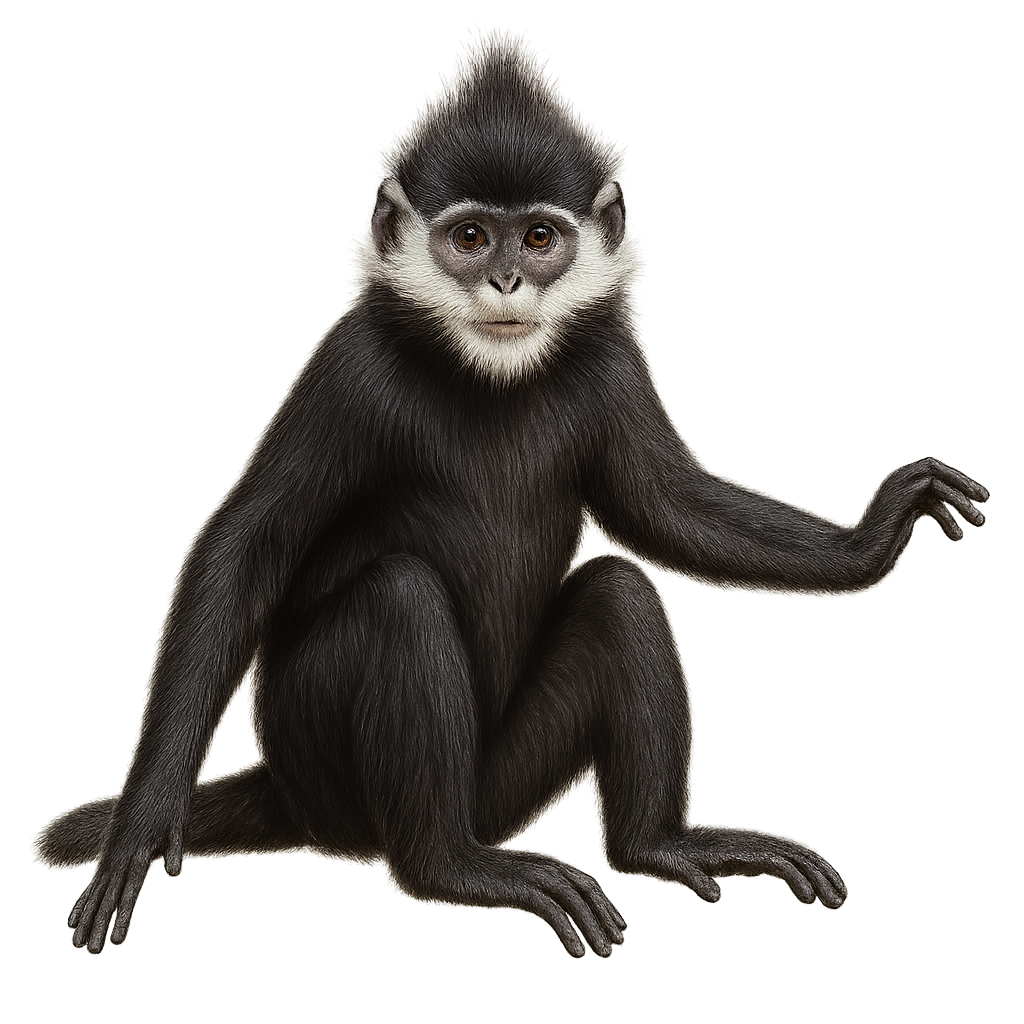Your wildlife photography guide.
Explore the françois' langur in detail, study its behavior, prepare your shots.
Where to observe and photograph the françois' langur in the wild
Learn where and when to spot the françois' langur in the wild, how to identify the species based on distinctive features, and what natural environments it inhabits. The WildlifePhotographer app offers tailored photography tips that reflect the françois' langur’s behavior, helping you capture better wildlife images. Explore the full species profile for key information including description, habitat, active periods, and approach techniques.
François' Langur
Scientific name: Trachypithecus francoisi

IUCN Status: Endangered
Family: CERCOPITHECIDAE
Group: Mammals
Sensitivity to human approach: Shy
Minimum approach distance: 10 m
Rut period: February to March
Gestation: 190-200 jours
Births: August to September
Habitat:
Subtropical forests, montane forests
Activity period :
Primarily active during the day, with peak activity in the morning and late afternoon.
Identification and description:
The François' Langur, or Trachypithecus francoisi, is an arboreal primate native to the subtropical forests of Southeast Asia, particularly in Vietnam, China, and Laos. This monkey is easily recognizable by its shiny black fur contrasted by a distinctive white band extending from each side of its face. François' langurs live in social groups led by a dominant male and several females. They primarily feed on leaves, fruits, and flowers, making them dependent on dense forests for their diet. Unfortunately, this species is threatened by deforestation and hunting, leading to a significant decline in its population.
Recommended lens:
400 mm – adjust based on distance, desired framing (portrait or habitat), and approach conditions.
Photography tips:
To photograph the François' Langur, it is advisable to use a telephoto lens of at least 400mm to capture detailed images without disturbing the animal. The subtropical forests where they live often provide changing light conditions, so adjusting ISO and aperture may be necessary to achieve good exposure. Be patient and discreet, as these monkeys can be shy. Observing their social behavior can offer unique photo opportunities.
The WildlifePhotographer App is coming soon!
Be the first to explore the best nature spots, track rutting seasons, log your observations, and observe more wildlife.
Already 1 432 wildlife lovers subscribed worldwide

